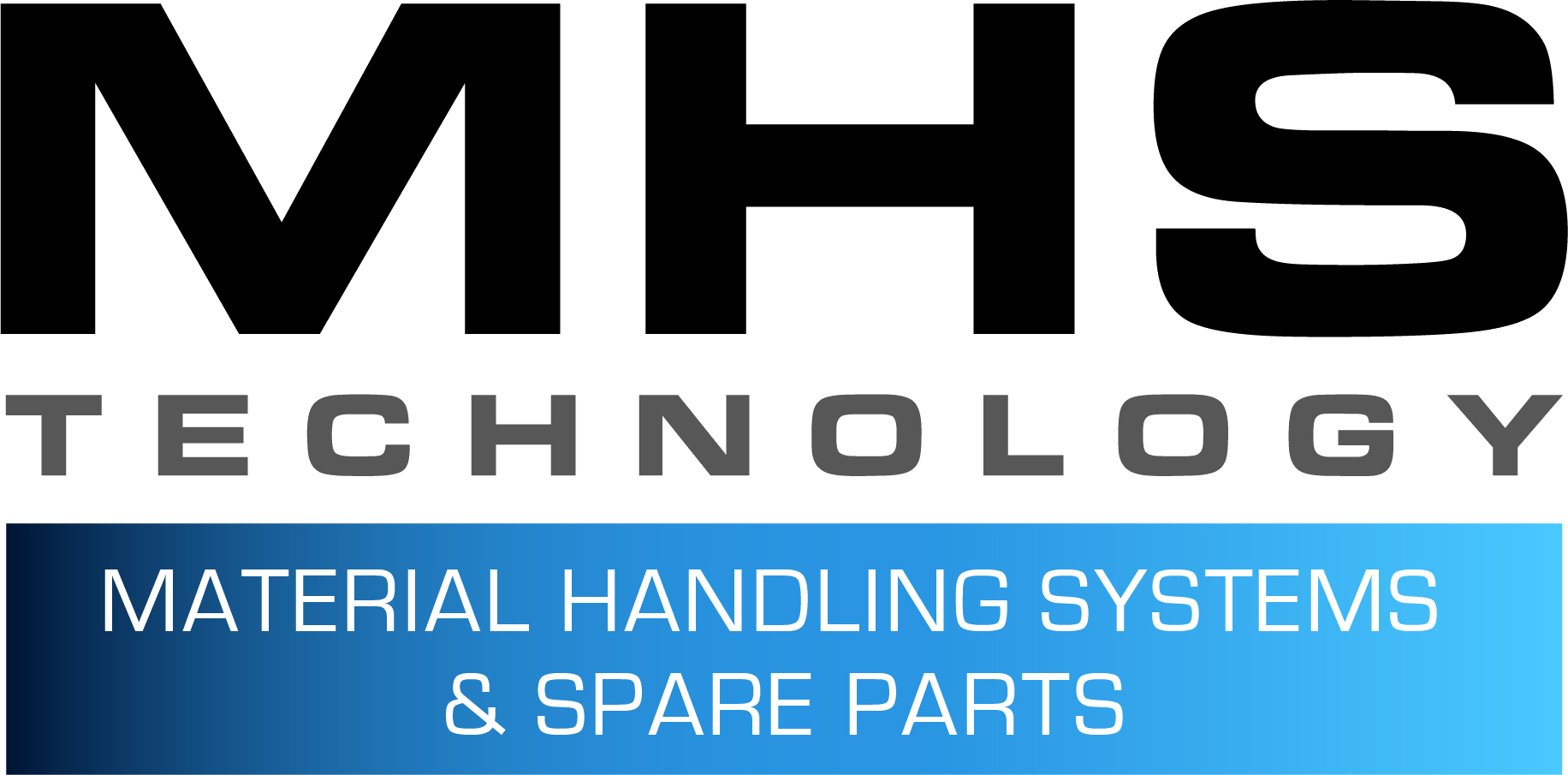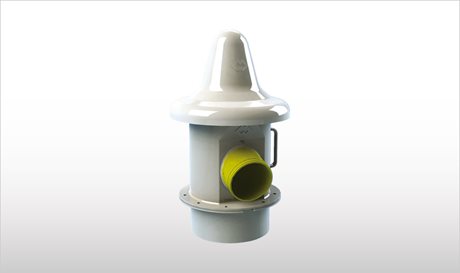Description
VHS-C Pressure Relief Valves – the evolution of the VHS-type – consist of a cylindrically shaped polymer body with flanged connection spigot to the silo, an exhaust outlet elbow for duct connection, an elastic membrane able to re-establish pressure balance instantaneously, a counterweight kit to keep the valve closed under normal conditions, and a weather protection cover.
Function
The counterweight-loaded VHS-C Pressure Relief Valve has one decisive advantage over WAM’s other pressure relief valve, the VCP. Due to the moment of inertia of the helical springs on the VCP-type pressure relief valve, pressure balance is re-established quickly but not instantaneously. The VHS-C, on the other hand, does the job in real time. Through an interplay of pressure on different surface areas on both sides of a membrane fitted inside the valve casing, perfect pressure balance is achieved. In the event of excess pressure this interaction enables air from inside the silo to flow back into the atmosphere, whereas in case of suction pressure the air penetrates from the atmosphere into the silo.
Features
- Vertical carbon steel or 304 stainless steel spigot
- Casing diameter: 273 mm (10 in)
- Exhaust outlet spout for connection to centralised suction system
- Mechanical set-up for inductive signalling sensor
- Limited number of components
- Counterweight system never in contact with dust
- Membrane and conveying pipe of special geometry manufactured from innovative materials
- SINT engineering polymer casing and weather protection cover
- Special properties of membrane and elbow prevent clogging and formation of material crusts
- PATENTED
Benefits
- High safety level for people and environment thanks to conveyed flow and reduced emissions
- Lower operating and maintenance costs thanks to self-cleaning elbow and limited number of components
- Dust recovery from conveyed emissions possible
- Lightweight
- Self-cleaning conveying pipe
- Better performance than spring-loaded version at a competitive price
Options
- EN 1935/2004-compliance
- Manhole
- Inductive sensors
- Bird net
- Setting kit

